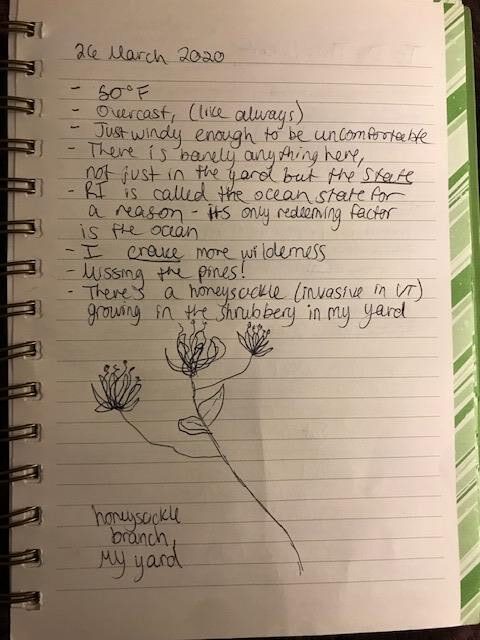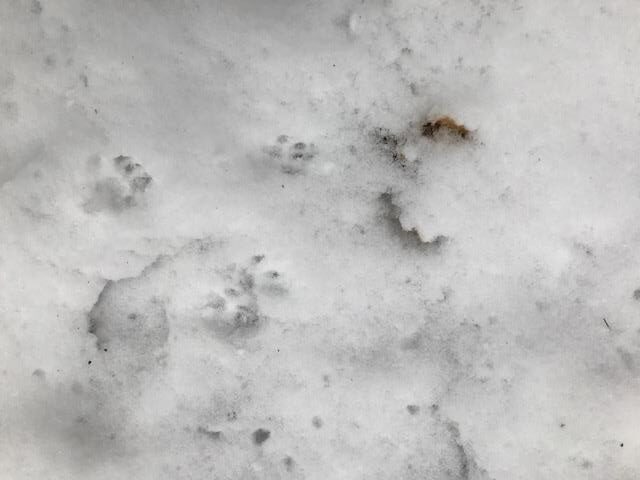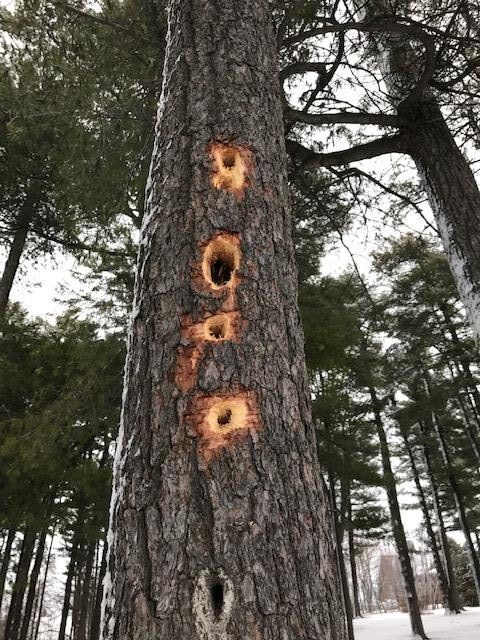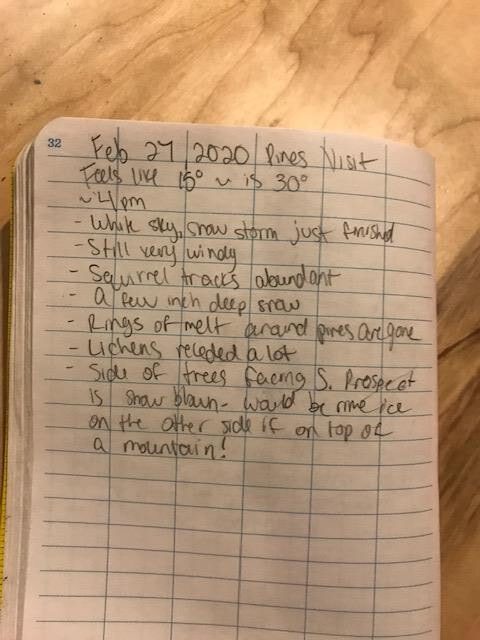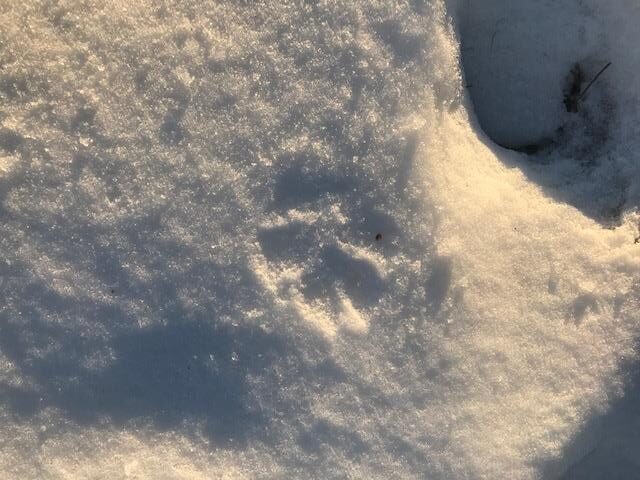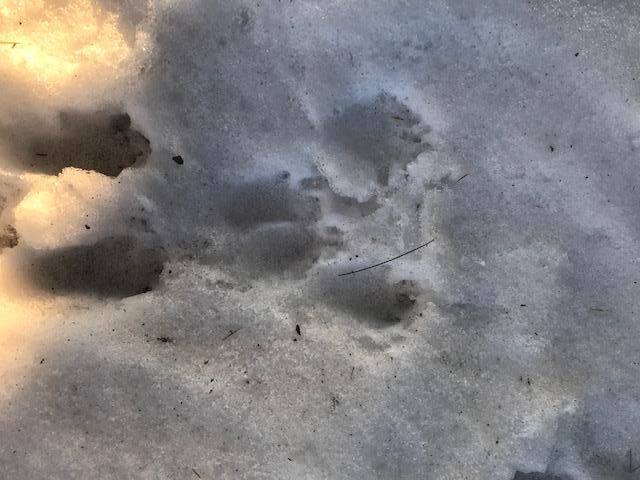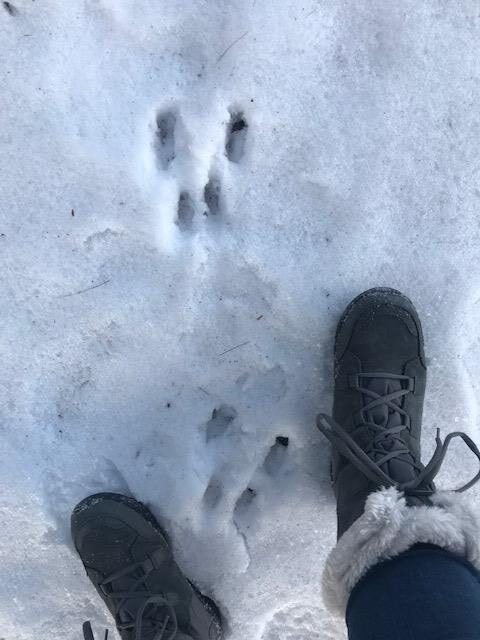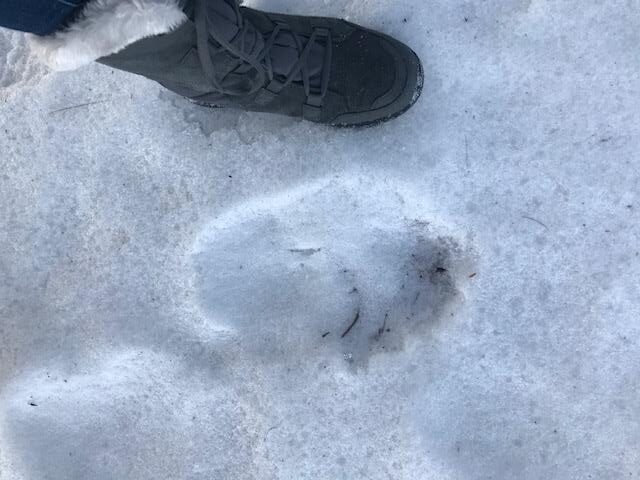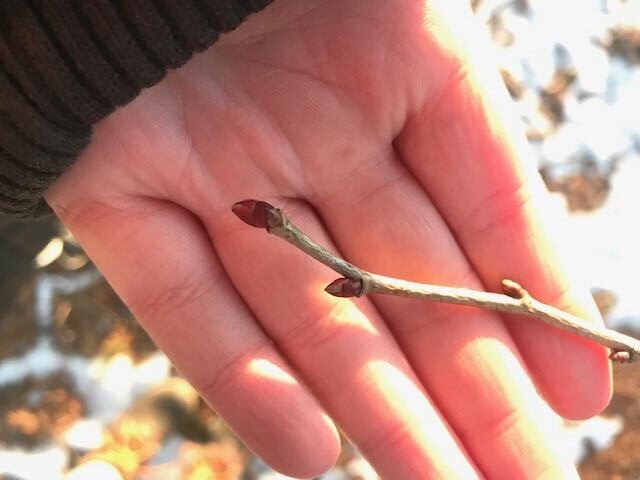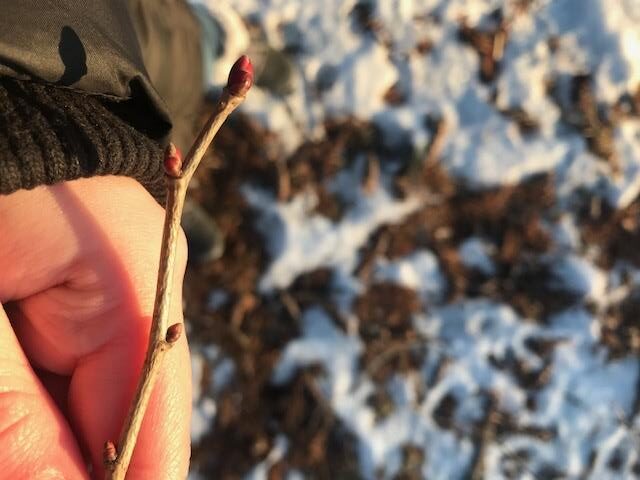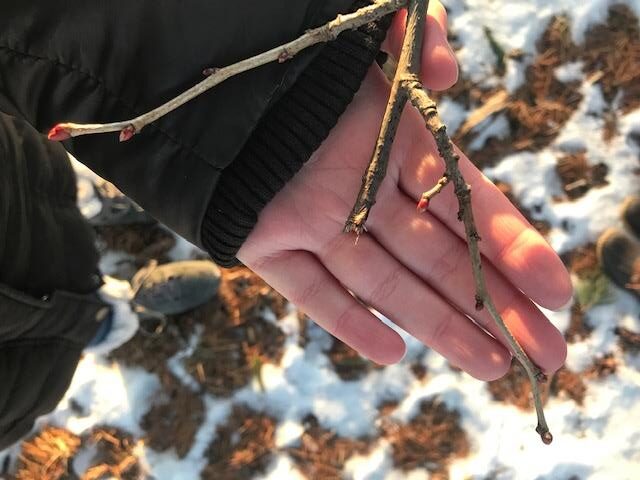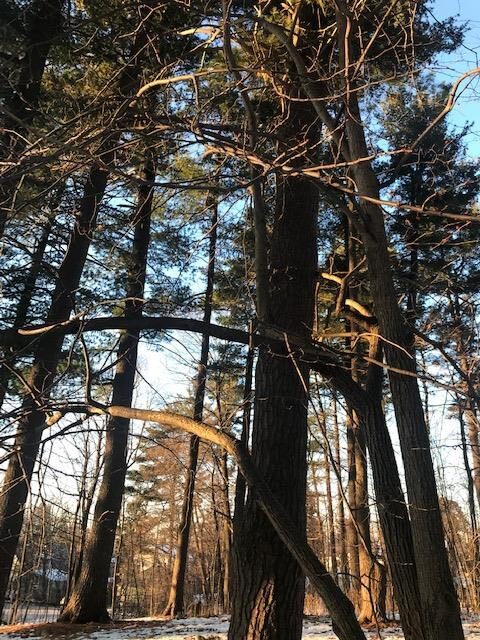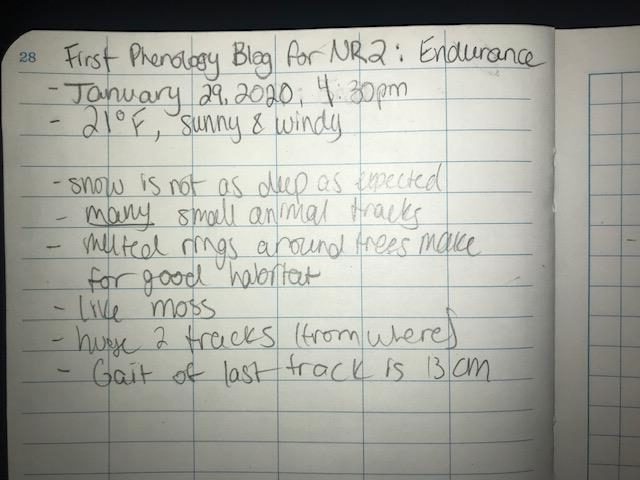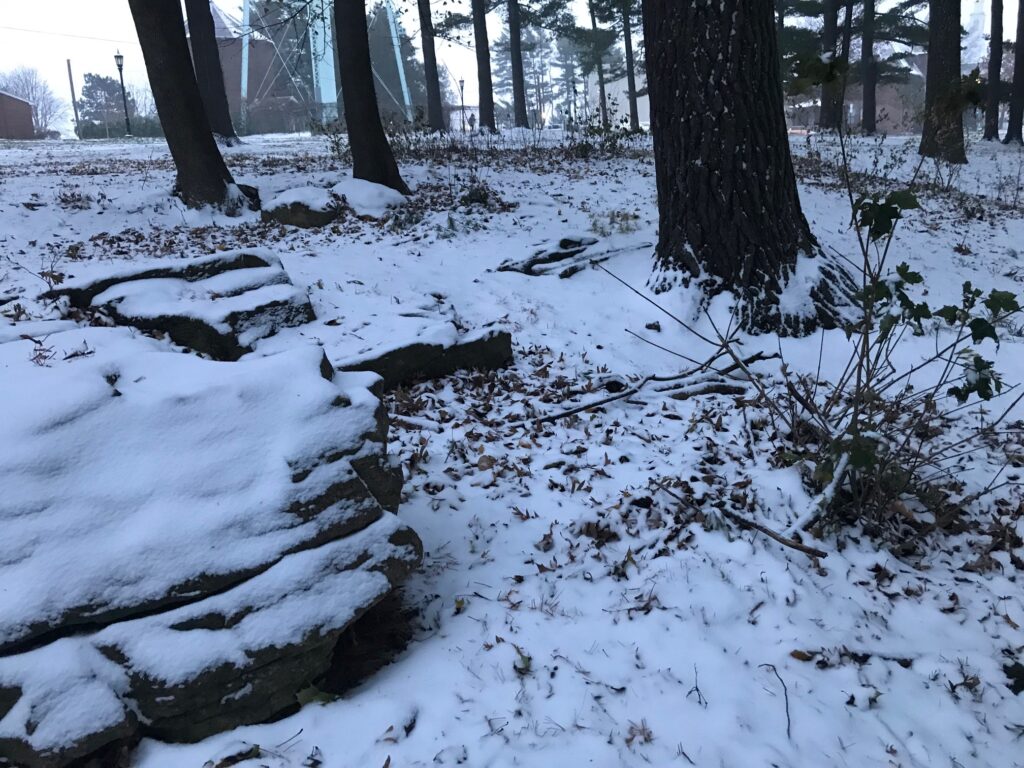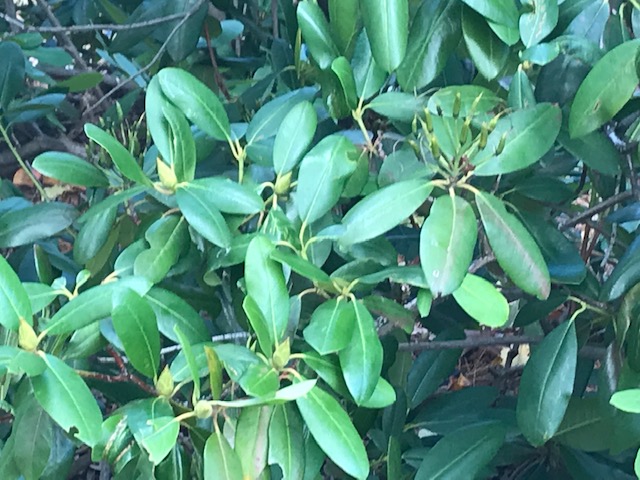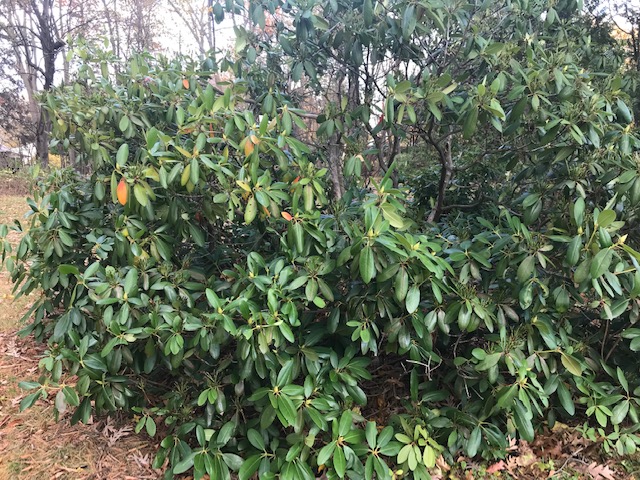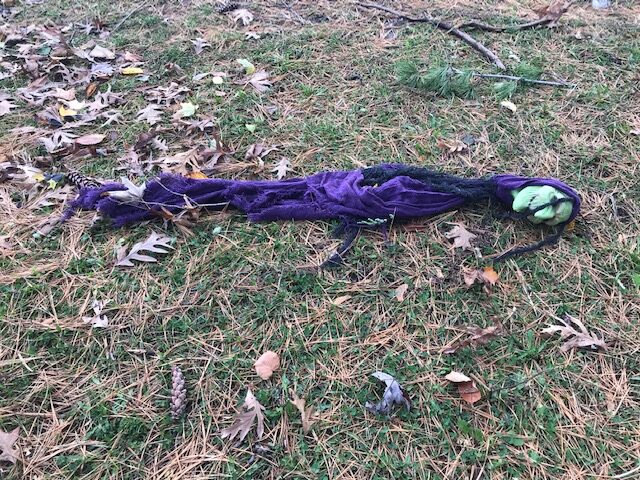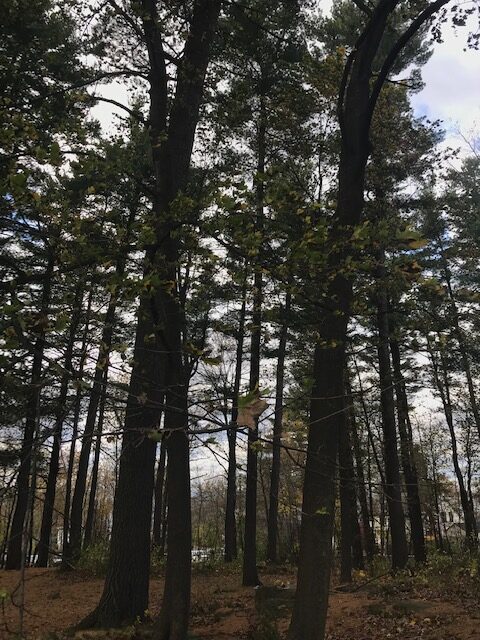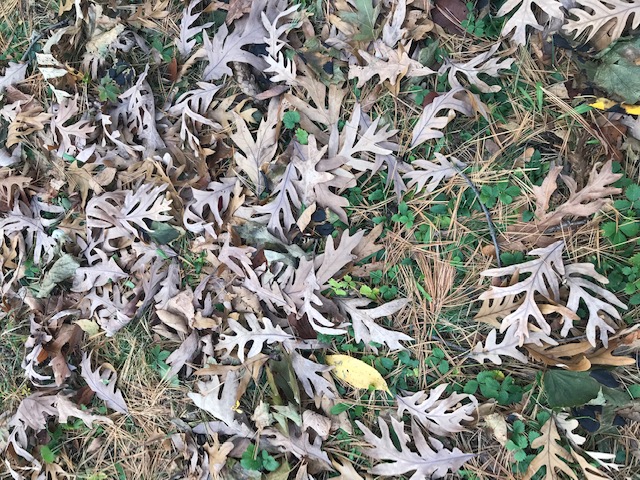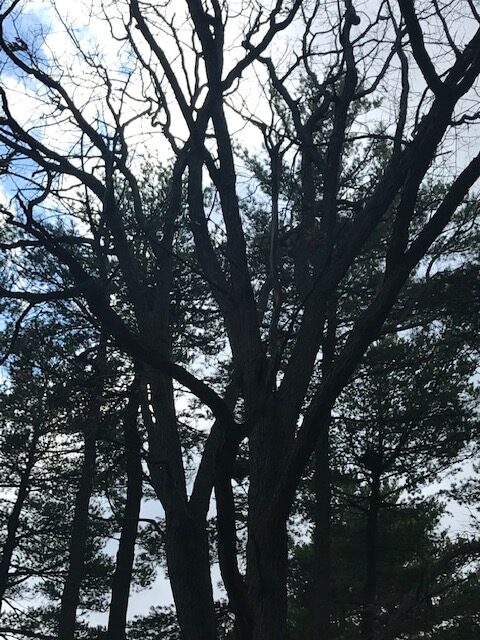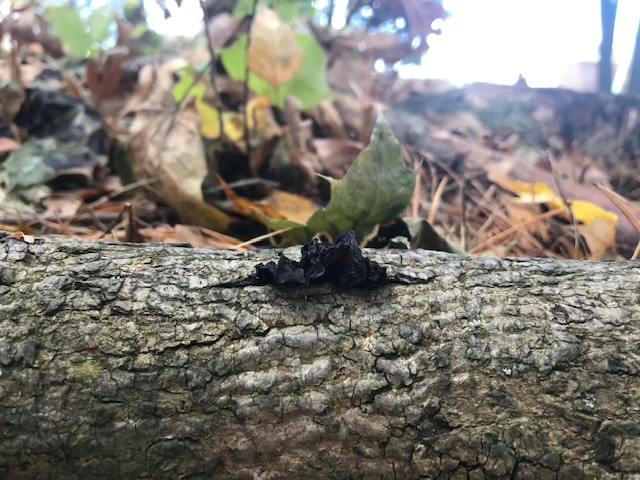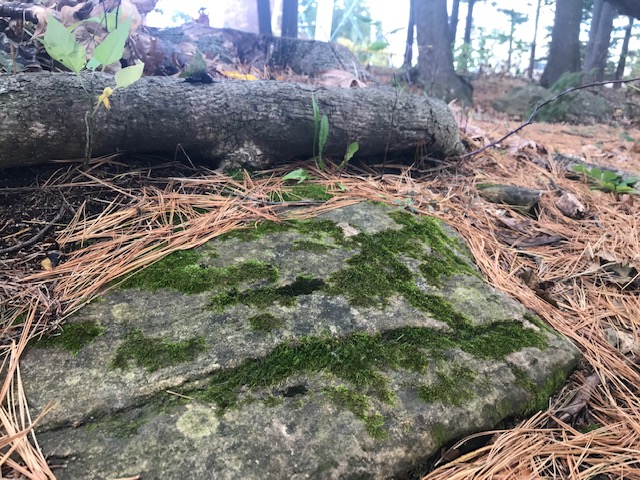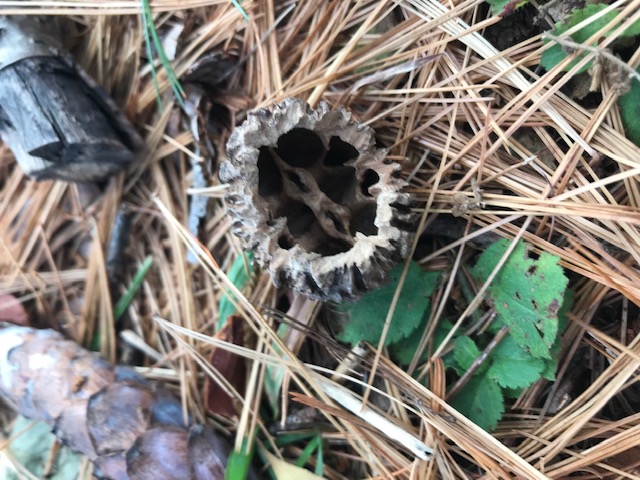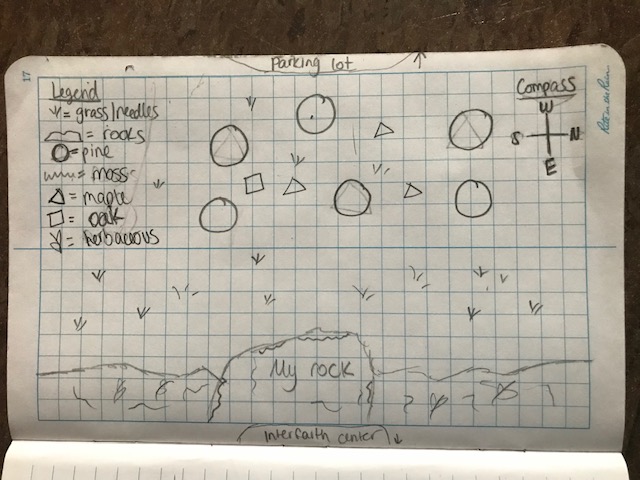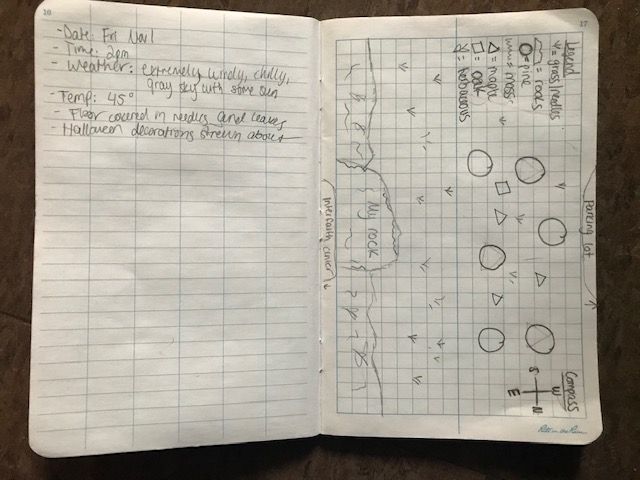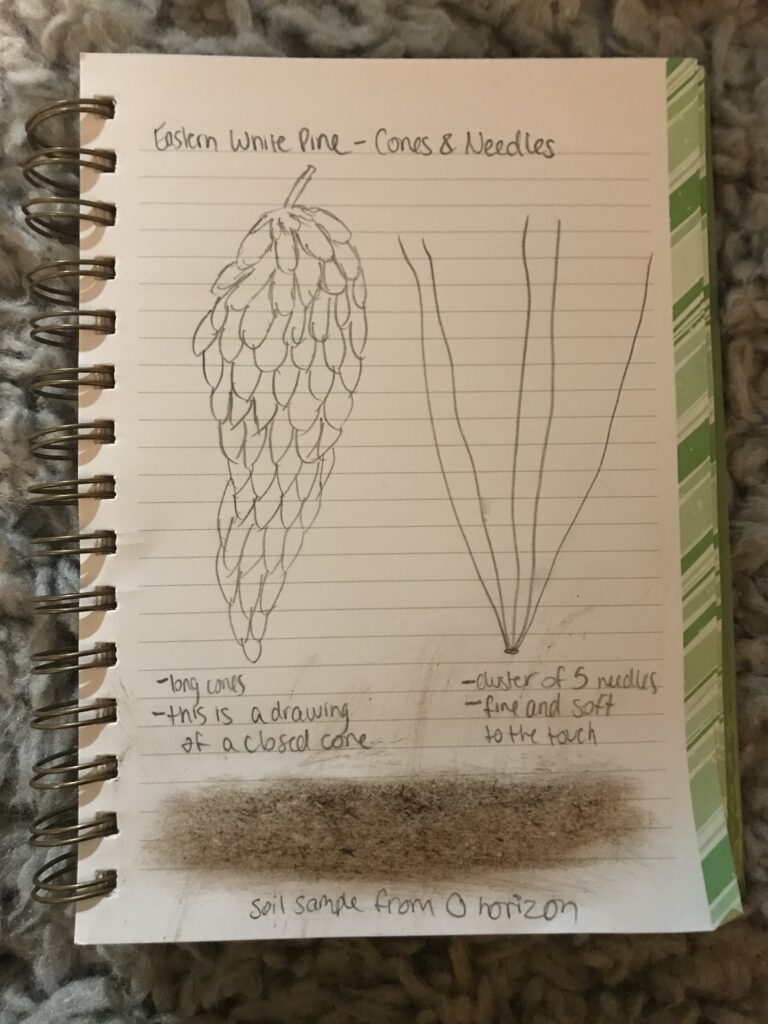The place I call home is in a town called Barrington in Rhode Island, about 15 minutes outside of Providence. My town has 8 cases so far, but Providence has ten times that number. Thus, the state is under a stay-at-home order. I collected notes for this blog entry while sitting in my side yard, with my dog. It’s interesting how much more you want to be outside when you’re not supposed to be. I am deeply missing the pines now, and Burlington as a whole. Knowing what I know now about how Vermont stewards its land, I look down on Rhode Island’s land use practices. I really miss the magic of Burlington. For now, I will take the slightly warmer weather and more ocean views. However, to help myself get through these days of wishing I was in Vermont, and just to try my hand at a new hobby to pass the time, I decided to make a painting of a very Vermont scene- it is shown here.

This scene is from Windham County in southern VT- another place that I spend lots of time in and consider a second home. I used this painting to reflect on the effect that VT has on me and what it makes me feel, and I tried to put that on canvas. The dreamy colors and rolling mountains are what my mind sees as the essence of the state. It was therapeutic to put that on a canvas.
While making my observations for this entry, I finally decided to encounter how incredibly disconnected I feel to the state that is legally my home, and how much more connected I feel to my home now– Burlington, Vermont. I find it much more interesting to sit in the Redstone Pines and take field notes than to sit in my side yard and try to find some hint of flora or fauna that is not chemically enhanced grass or the common squirrel. I await the day that I can return to the place that I feel so strongly towards. Until then, I will try to find something interesting and naturally occurring here. Hopefully my next blog entry will contain that.
